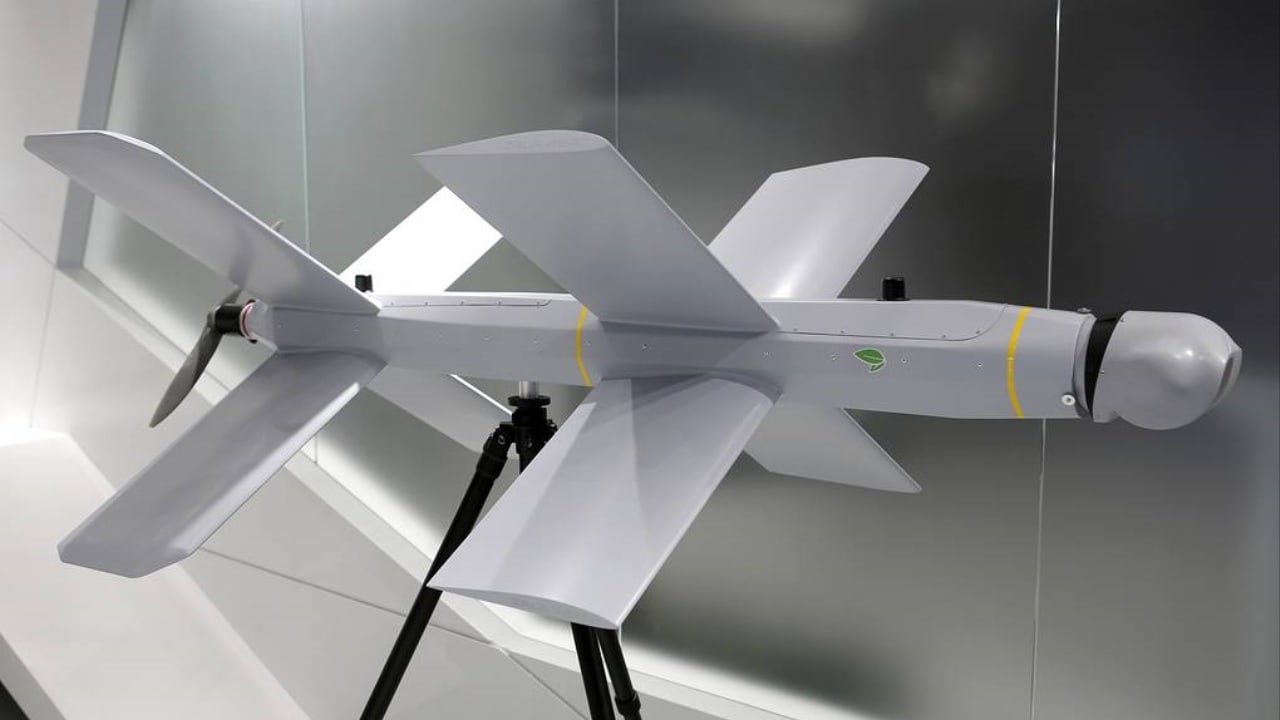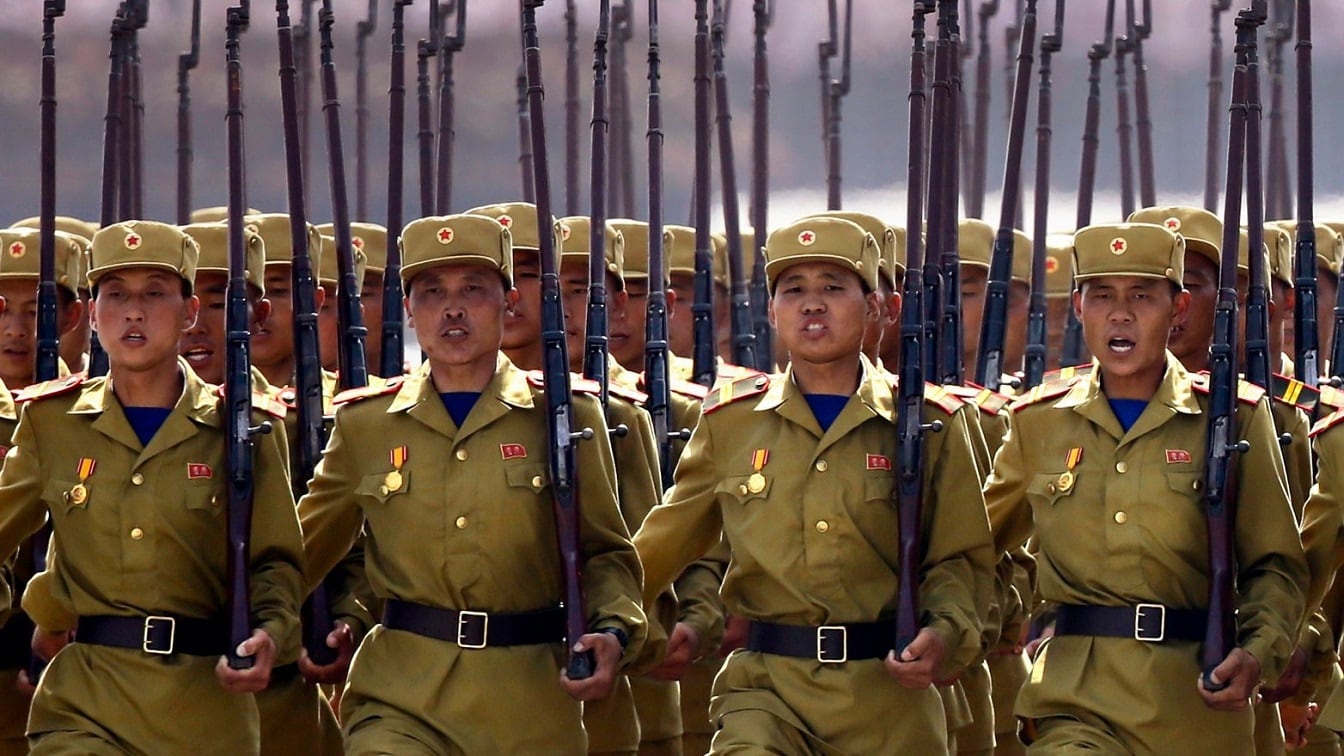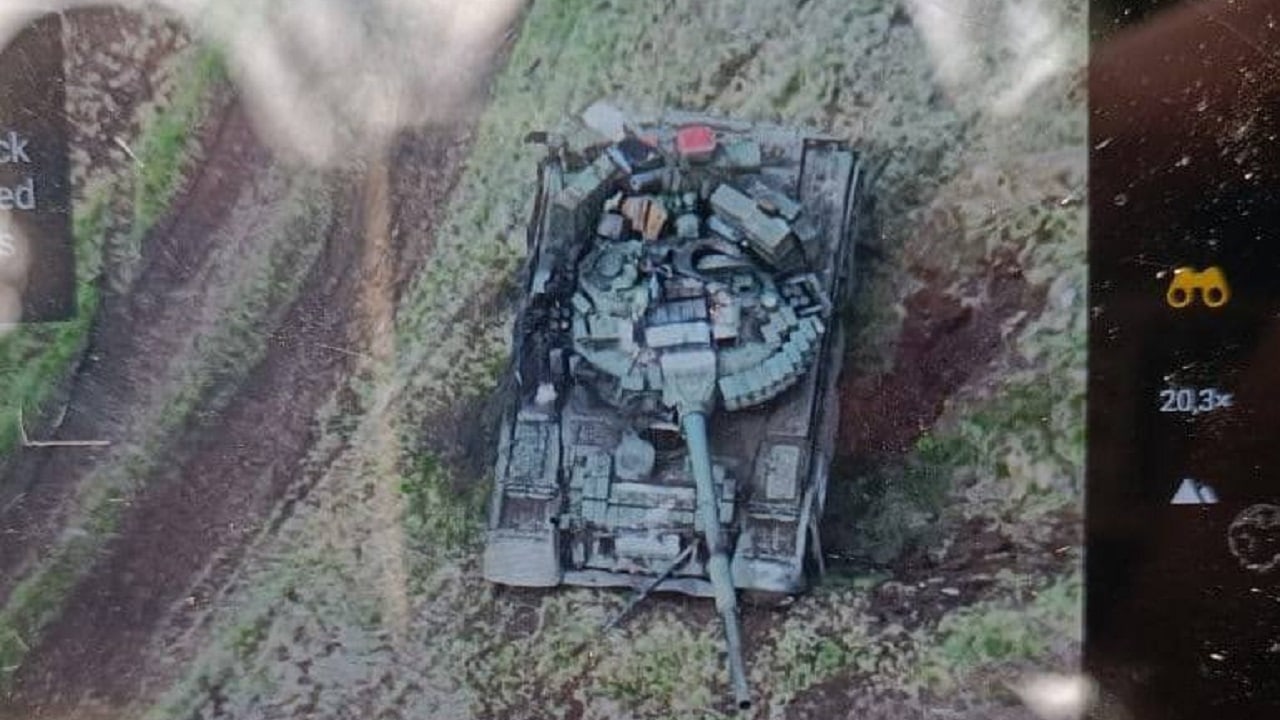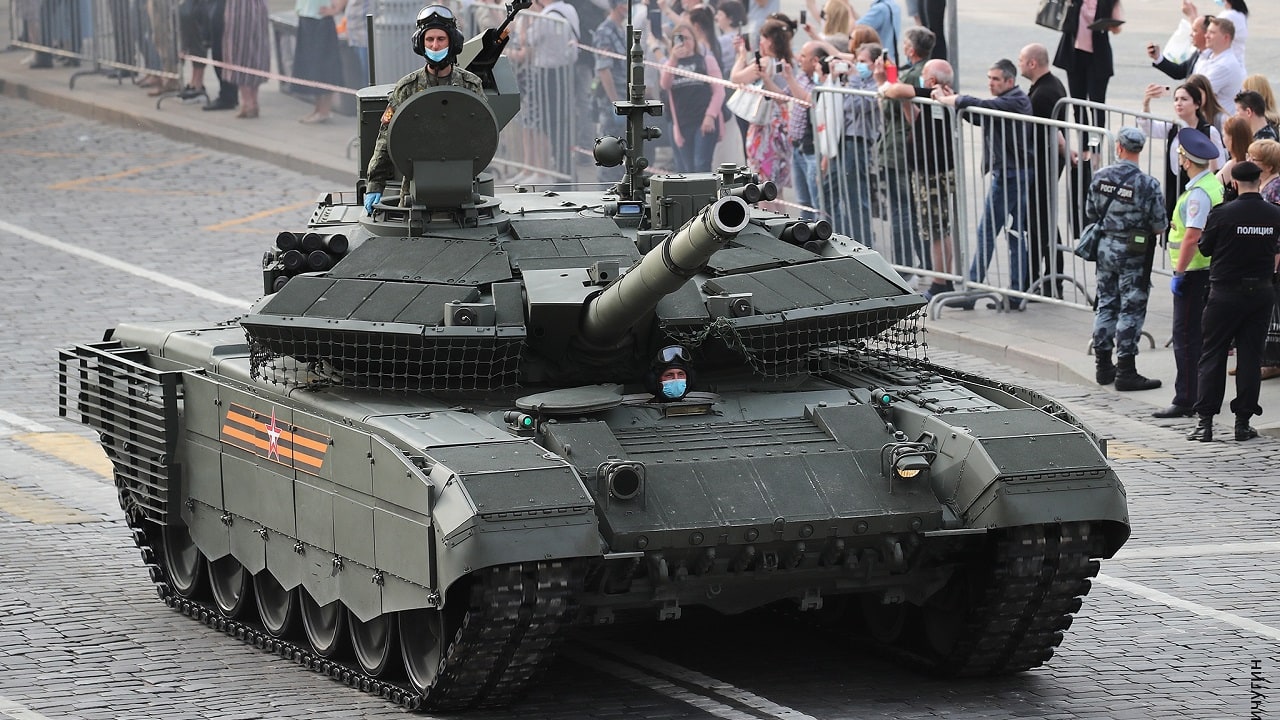Summary and Key Points: The Russian military, despite significant losses, continues to employ a successful four-part strategy in its ongoing war against Ukraine, combining artillery bombardments, glide bomb and FPV drone strikes, and infantry and armored vehicle assaults.

Lancet Drone. Image Credit: Russian State Media.
-These tactics, though not resulting in massive breakthroughs, have allowed Russia to maintain a firm hold on territories in eastern Ukraine and hinder Ukrainian advances.
-The recent call-up of 160,000 conscripts, along with North Korean reinforcements, bolsters Russia’s manpower.
-Although Russia faces a long-term rebuild, its ability to keep up pressure on Ukraine and delay peace negotiations may provide Russia with a Pyrrhic victory, frustrating Ukrainian efforts.
Can Russia’s Strategy of Attrition Lead to a Pyrrhic Victory in Ukraine?
There are two ways to look at the Russian army. The first is to see it as a paper tiger: The force is now only a fraction of its former self. The defense industry is working overtime to barely keep up with needs, and the army is hollowed out and will take years to rebuild. But there is an alternate view. The Russian army can still bring the fight to the enemy with violence of action. Despite its losses, it is still manned enough to hold the territory it controls and eject the Ukrainians from Russia’s Kursk region. Plus, it has the ability to win more territory in the Donbas.
Four for Four – Russia’s New Formula for the Fight
The Russian army has found a recipe for success in Ukraine after all of these difficulties. It has a four-part group of techniques for tactical and operational art that is punishing Ukrainian forces: First, bombard the enemy with artillery, then use aerial bunker-busting and anti-personnel glide bombs to take out sections of the Ukrainian trench system. Next, fly fiber-optic FPV (first-person view) drones to attack the rear of the Ukrainian front lines to hinder resupply. Finally, send dismounted infantry and tanks, plus armored personnel carriers, into the breach.
This has not yielded an immense breakthrough of the Ukrainian defensive network, but it has kept Ukrainians from conducting their own advances while the Russians take small amounts of territory in the Donbas.
We Are Heading to a Frozen Conflict
Ukraine is pinned down by these tactics, and the gambits will continue until Ukrainian President Volodymyr Zelensky calls for peace. Russia has stumbled on a set of techniques and tactics that have stymied the Ukrainian forces. Look for this to continue as Russian President Vladimir Putin attempts to “improve the foxhole” in defense and transform the frontlines into a frozen conflict that can keep the Ukrainians from joining NATO and reclaiming the 20 percent of territory that Russia controls in Eastern Ukraine.
Keeping the Cousins From Killing Each Other
This four-part group of techniques may not fully dispose of Ukrainian troops in Russia or in the Donbas, but it buys Putin time. Plus, artillery shells, glide bombs, and FPV drones are cheap, as well as easy to assemble and procure. The Ukrainians are beginning to jam and spoof some of the glide bombs and drones, but there are too many to fully stop the effort. Russia can keep these munitions supplied for months. This is one of the reasons that Putin will not agree to a ceasefire—his refusal has U.S. President Donald Trump apoplectic. Trump once said he could end the war in 24 hours, but he is finding that Slavic people in Russia and Ukraine are willing to fight it out to the death.
New Large Batch of Russian Soldiers Will Eventually Join the Fight
Putin is relying on conscriptions for reinforcements. The Russian dictator just announced he is calling up 160,000 men who are mostly in their 20s. This call comes in time for the spring campaign season. Putin wants to extend the strength of his military to 2.39 million personnel, with 1.5 million active-duty soldiers.
While these new conscripts are not likely to be sent to the front—the necessary training could take months—it boosts the Russian efforts to overwhelm the Ukrainians with numbers. The Russians already attacked a Ukrainian power plant on March 27 in Kherson, leaving 45,000 people without power in an attack that broke a truce on hitting energy infrastructure. Putin’s army has also taken a village in Donetsk called Rozlyiv.
Don’t Forget the North Koreans
The new conscripts will eventually join the 10,000 to 15,000 North Korean soldiers who have been sent to fight in Kursk. These have sustained high numbers of casualties, but any reinforcements are welcome for the Russian military.

North Korean Military. Image Credit: Creative Commons.
Russia has lost an estimated 700,000 killed, wounded, or missing, and this has severely hampered the now-stalemated war effort. The Ukrainians are struggling too, with tens of thousands of their own casualties. Plus, Zelensky and his generals are having trouble relieving soldiers from the front lines, as many have been serving forward for years. Moreover, the Ukrainian army skews older, with many troops who are in their 40s, and even some in their 50s.
On the Russian side, it will take years to rebuild their military after its losses, including tanks and armored personnel carriers. Indeed, it could take as many as seven years to replenish the armored forces. Thus an attack on a NATO country such as Latvia or Estonia would be difficult, if not impossible, in the near term. That is one reason the United States and the West believe that the strategy of attrition against Russian forces with military hardware and ammunition donations is a good one. But it also means a frozen conflict, with Moscow owning a large slice of Ukraine that they will not relinquish even under the most generous peace deal.
The Kremlin is not afraid to invest its rubles in a military buildup, and we have seen how the draft can send fresh bodies into the army for a big boost to frustrate Ukraine.
The Russian military is down, but not out. Glide bombs and FPV drones are easy to procure. Infantry soldiers are fearless. Artillery shells rain down on the Ukrainians. Putin can keep drafting men to fight.

Ukraine’s 93rd Mechanized Brigade reportedly targeted a column from Russia’s 64th Motorized Rifle Brigade, including multiple T-80BV tanks, a BTR-82A, and trucks, with artillery fire in Kharkiv Oblast. Image: Screengrab VIA Twitter.
Russia will keep building tanks and armored personnel vehicles. The air force and navy are mostly intact—and there are always the nuclear weapons to worry about. Russia can improve its position and enter the talks with confidence that they have come out on top, declaring victory over a demoralized and frustrated Ukrainian army. That is just what Putin is thinking as he continues to attack before peace negotiations. It could be the strategy that gives Russia a pyrrhic victory.
About the Author: Dr. Brent M. Eastwood
Brent M. Eastwood, PhD is the author of Don’t Turn Your Back On the World: a Conservative Foreign Policy and Humans, Machines, and Data: Future Trends in Warfare plus two other books. Brent was the founder and CEO of a tech firm that predicted world events using artificial intelligence. He served as a legislative fellow for U.S. Senator Tim Scott and advised the senator on defense and foreign policy issues. He has taught at American University, George Washington University, and George Mason University. Brent is a former U.S. Army Infantry officer. He can be followed on X @BMEastwood.

